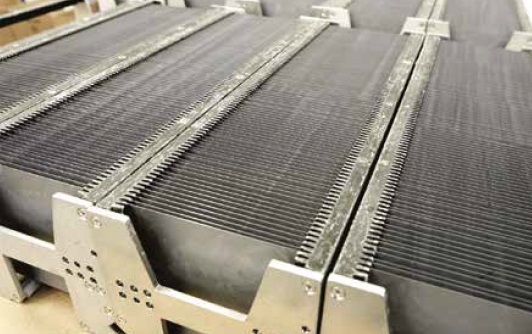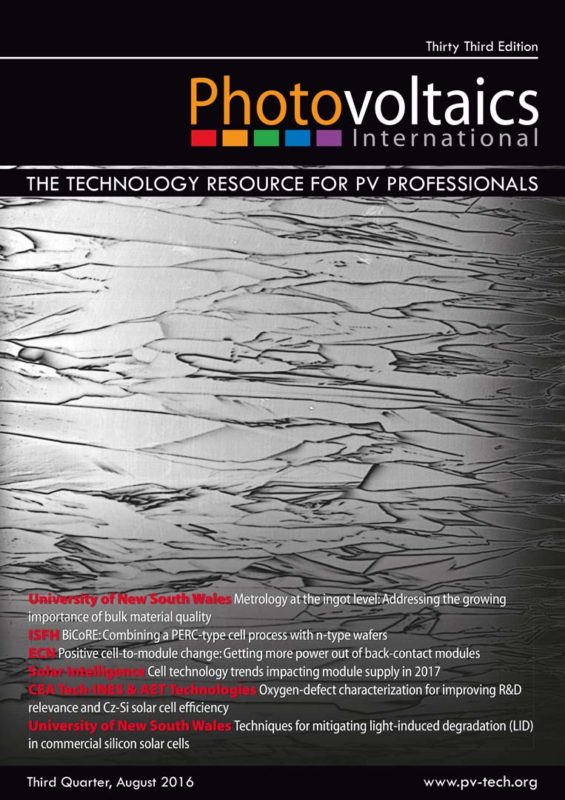By Finlay Colville, Head of Market Research, Solar Media
The rebound in solar cell capital expenditures during 2015 and 2016 has resulted in strong capacity additions and upgrade spending that is set to redefine the technology landscape in 2017 and beyond. Within this however is a broad range of drivers, impacting the mix of n-type and p-type cells produced, in addition to the various strategies employed to increase cell efficiencies while reducing overall blended manufacturing costs. Coupled with the various module types being selected within the key global end markets, and the balance between effective capacity and market demand, 2017 is forecast to see a range of approaches adopted by cell producers, with technology differentiation becoming increasingly important across the entire industry.



